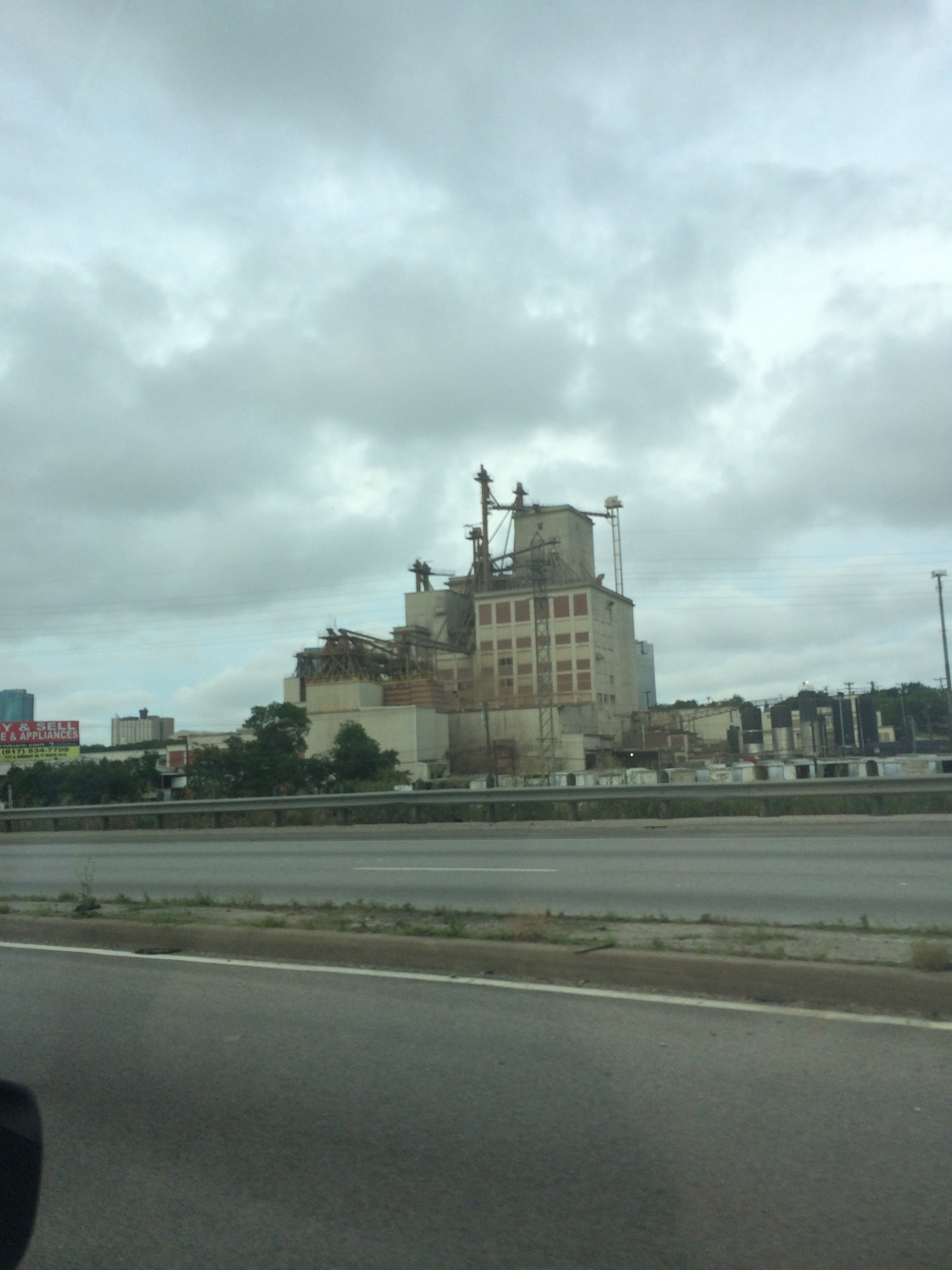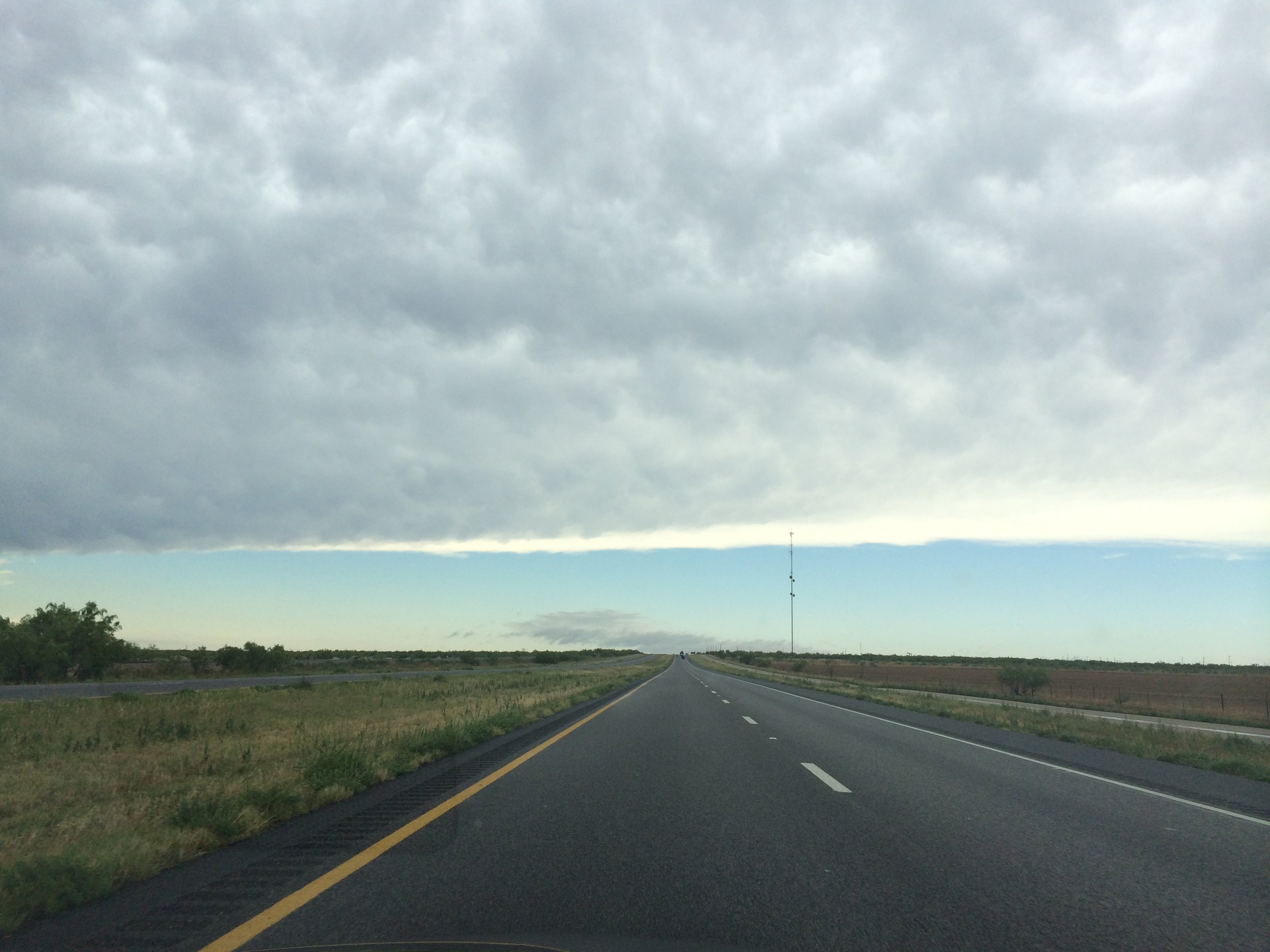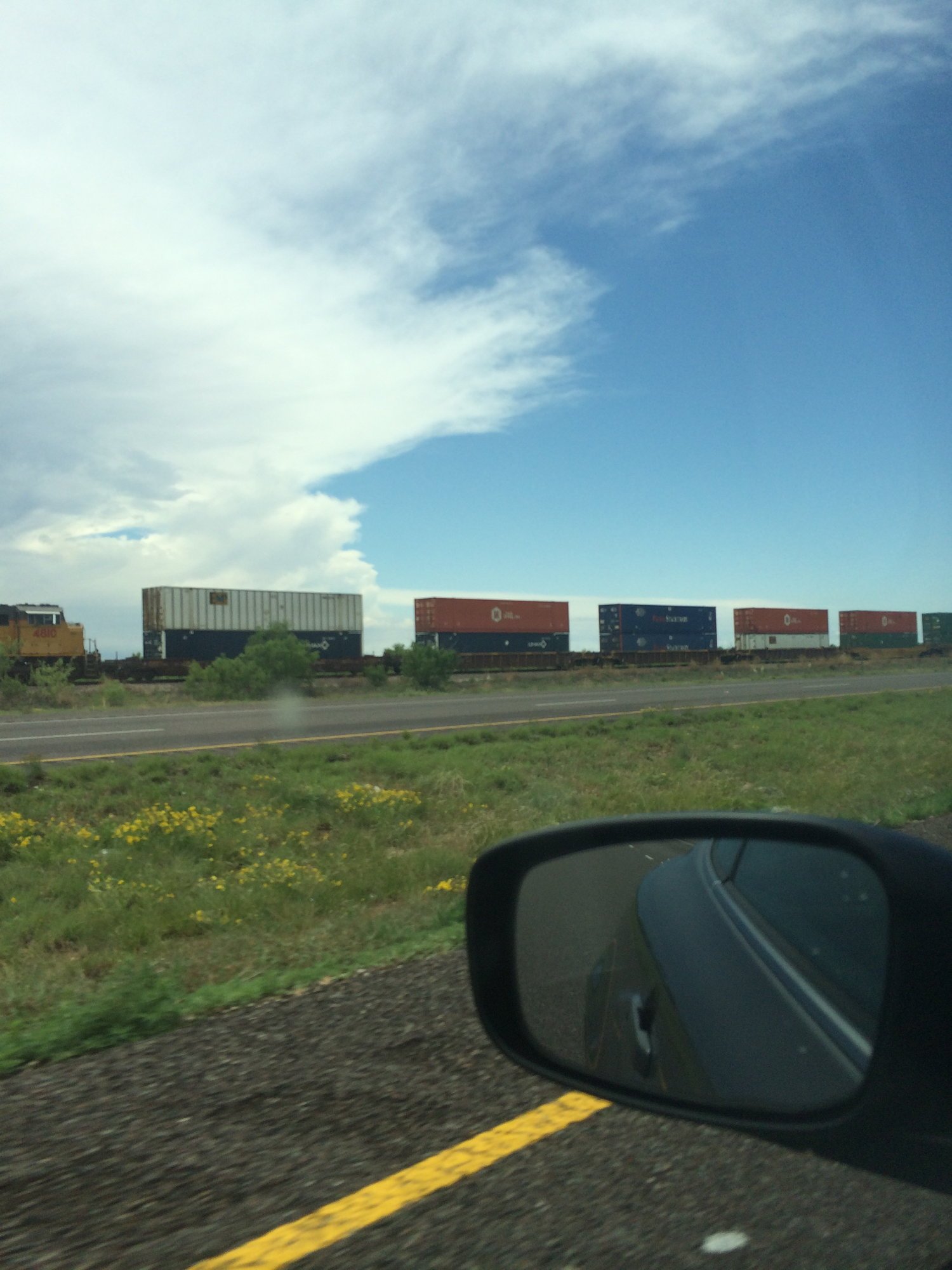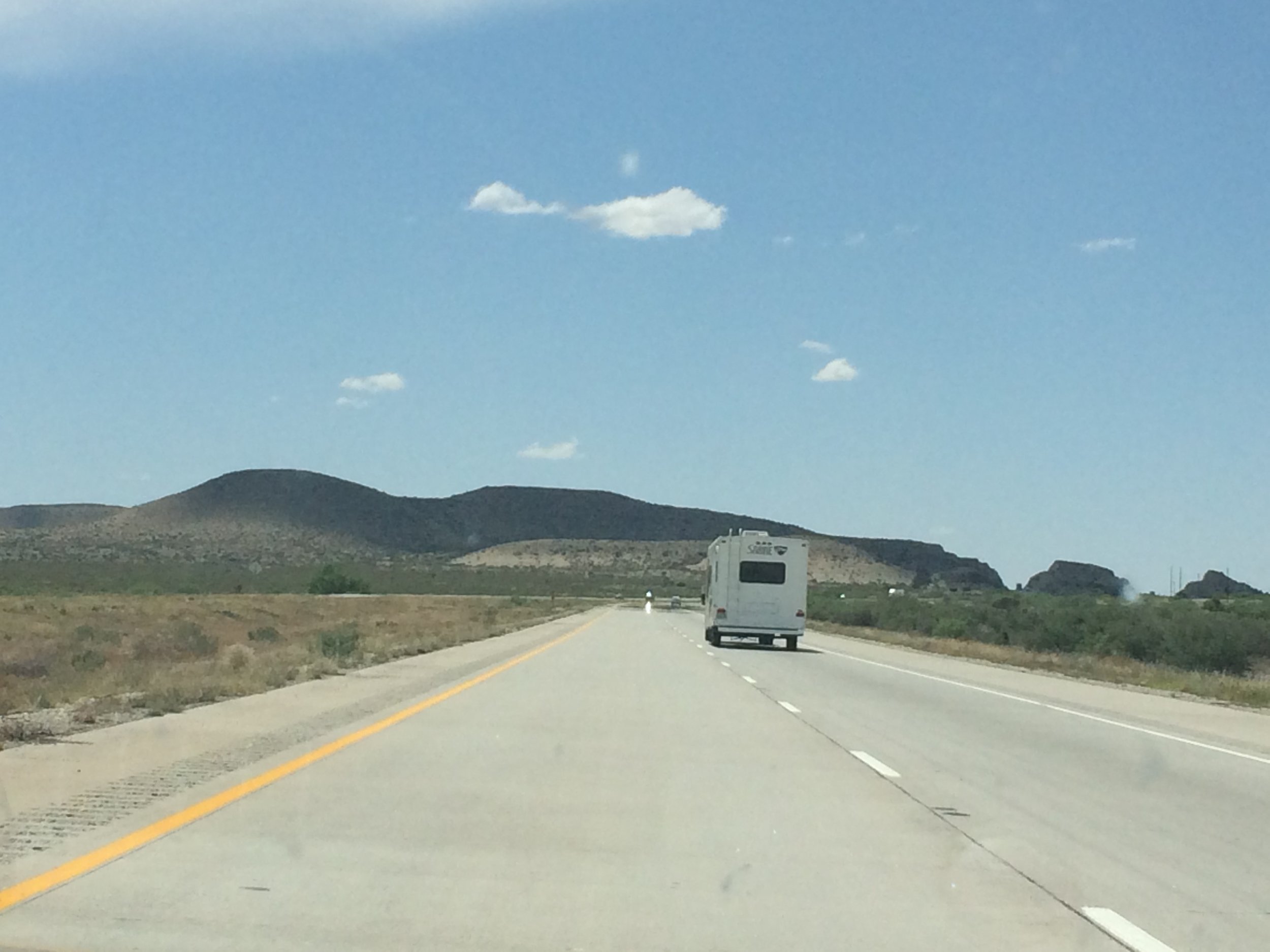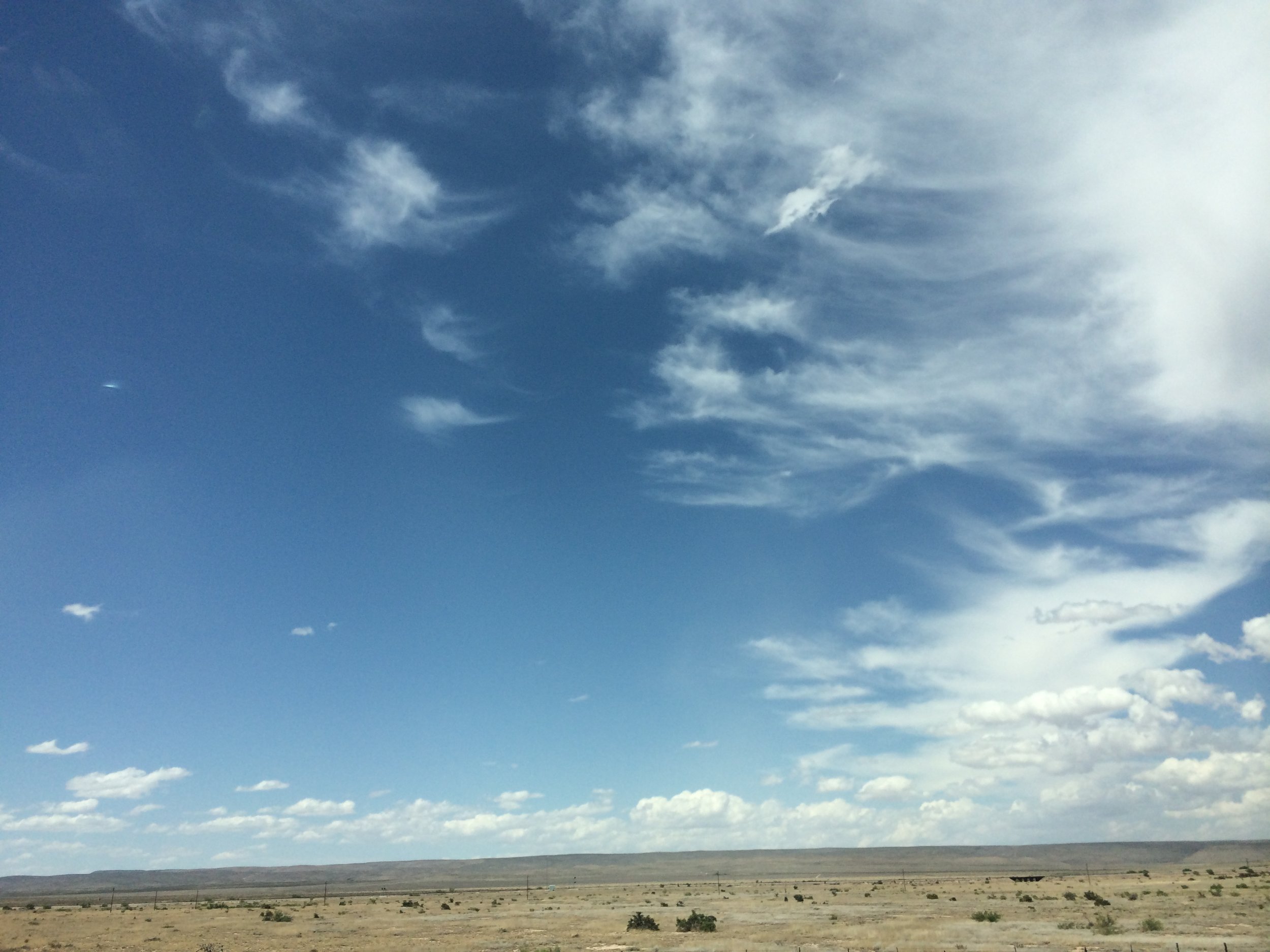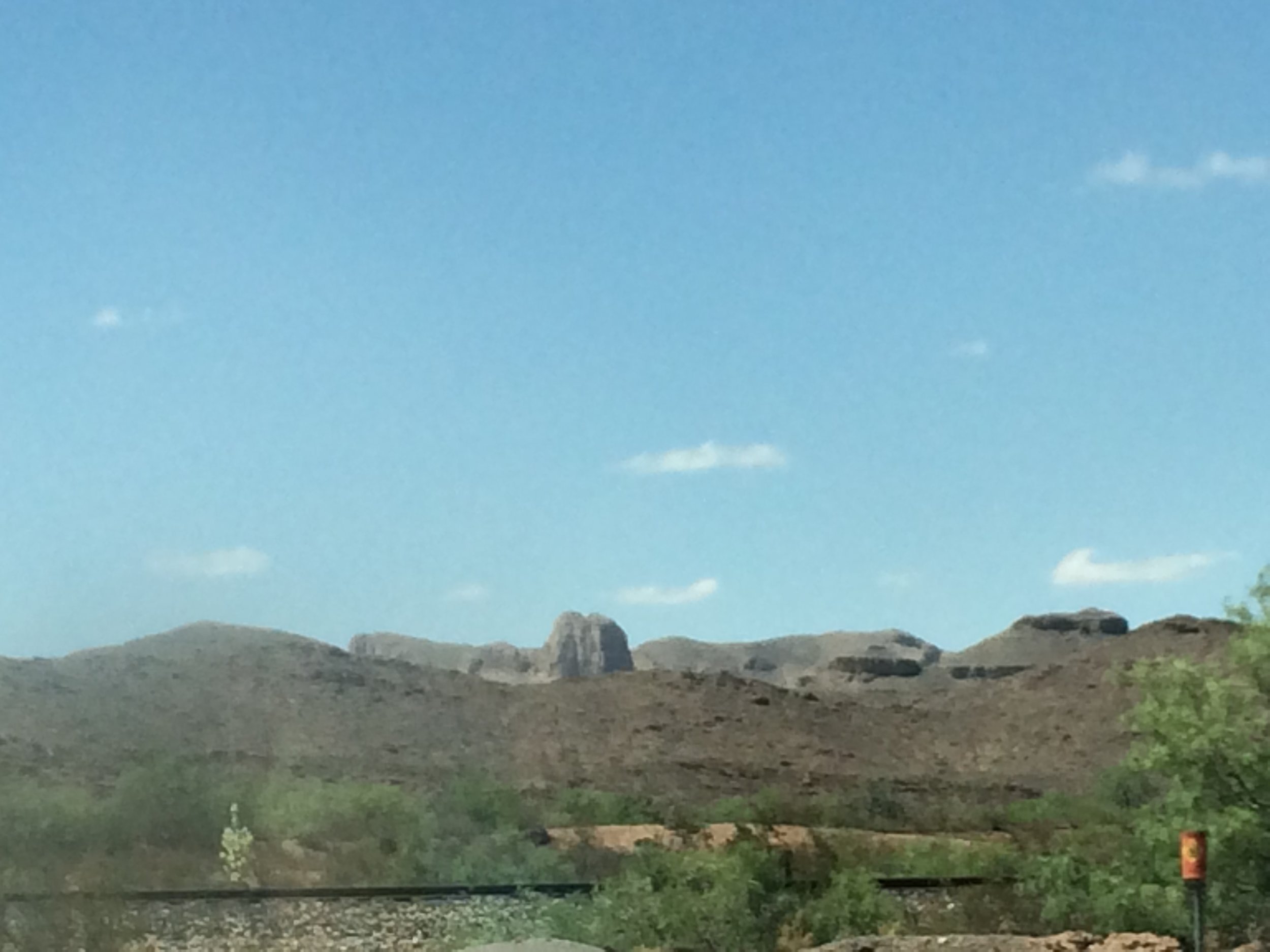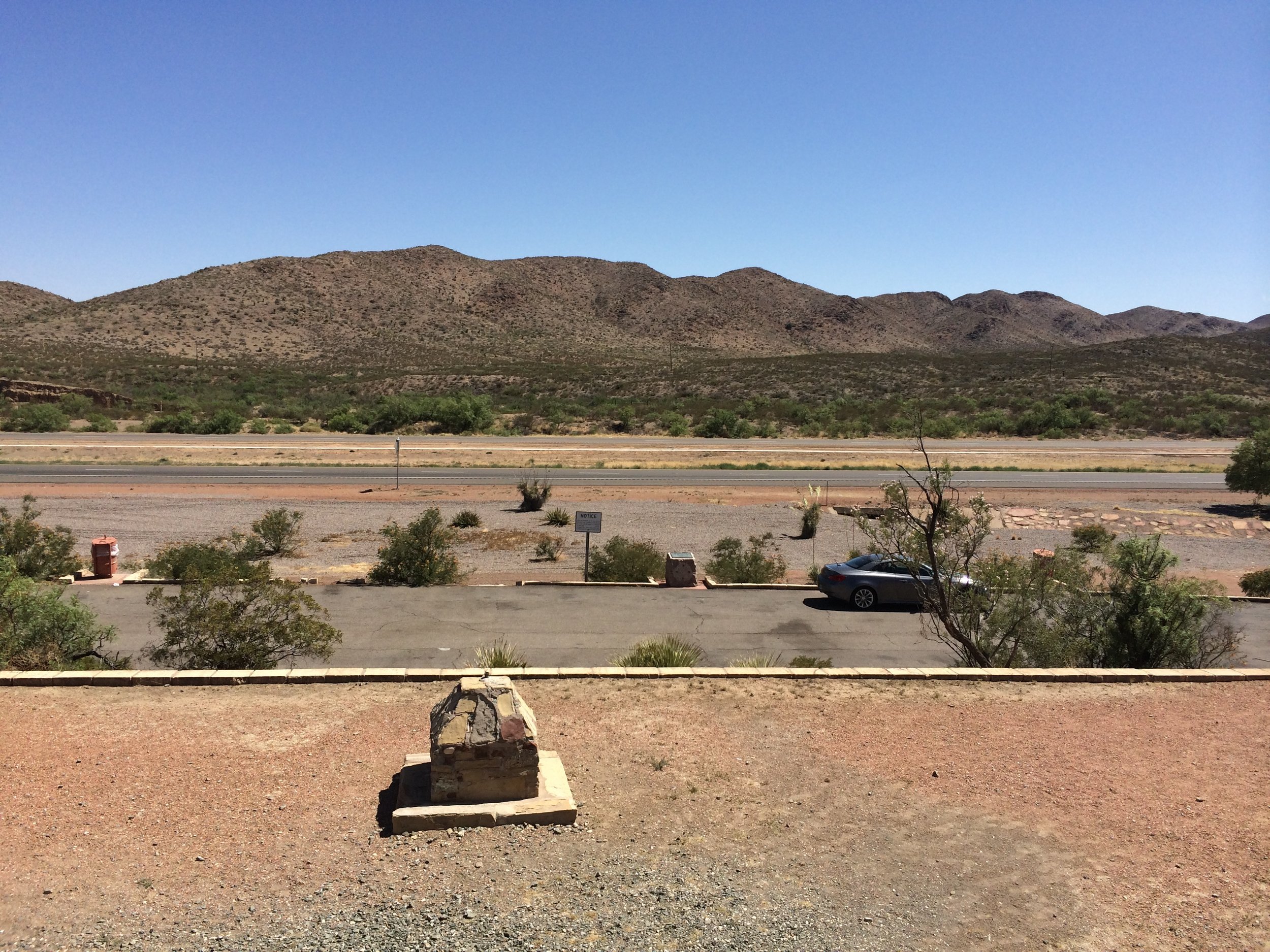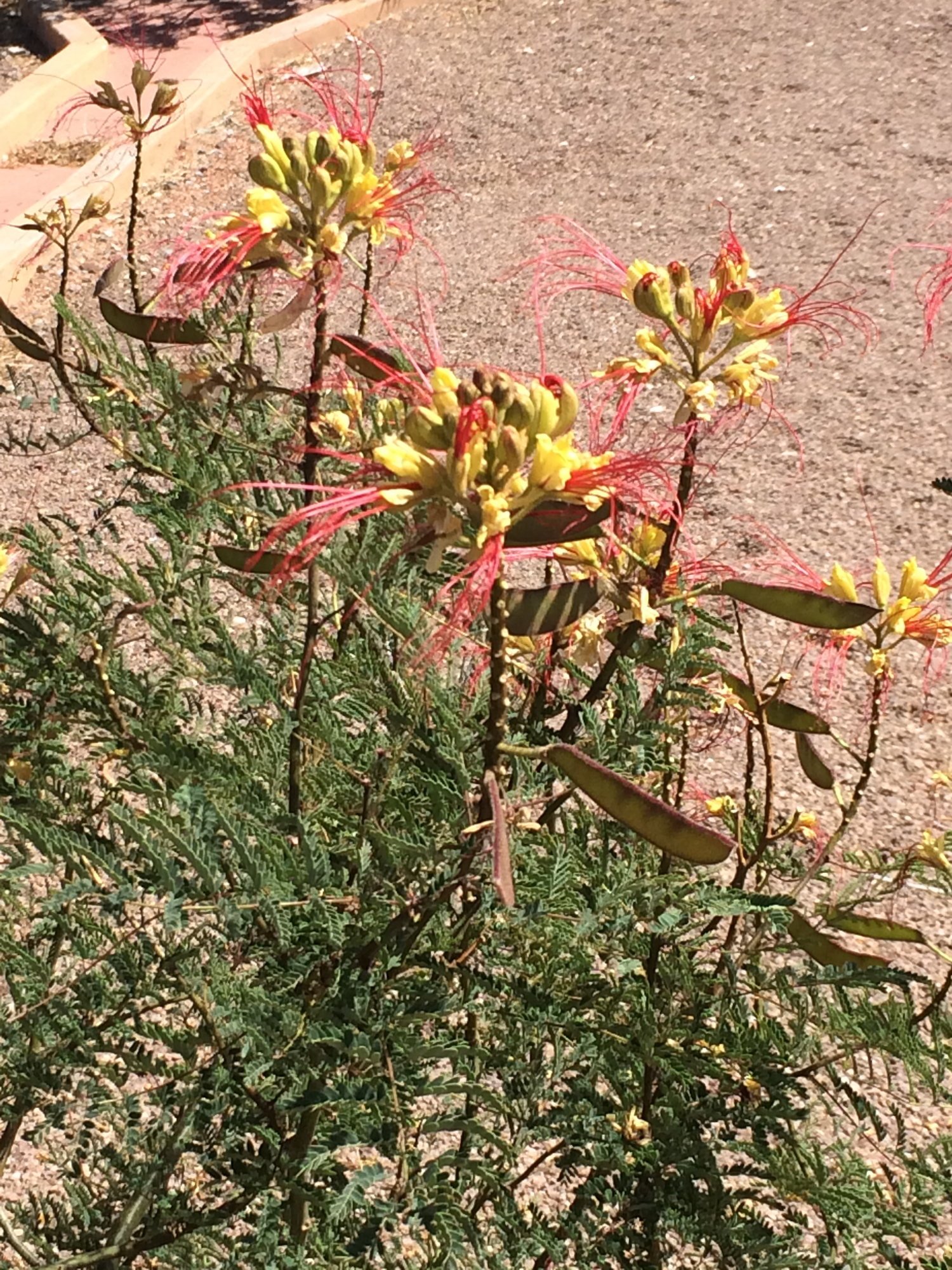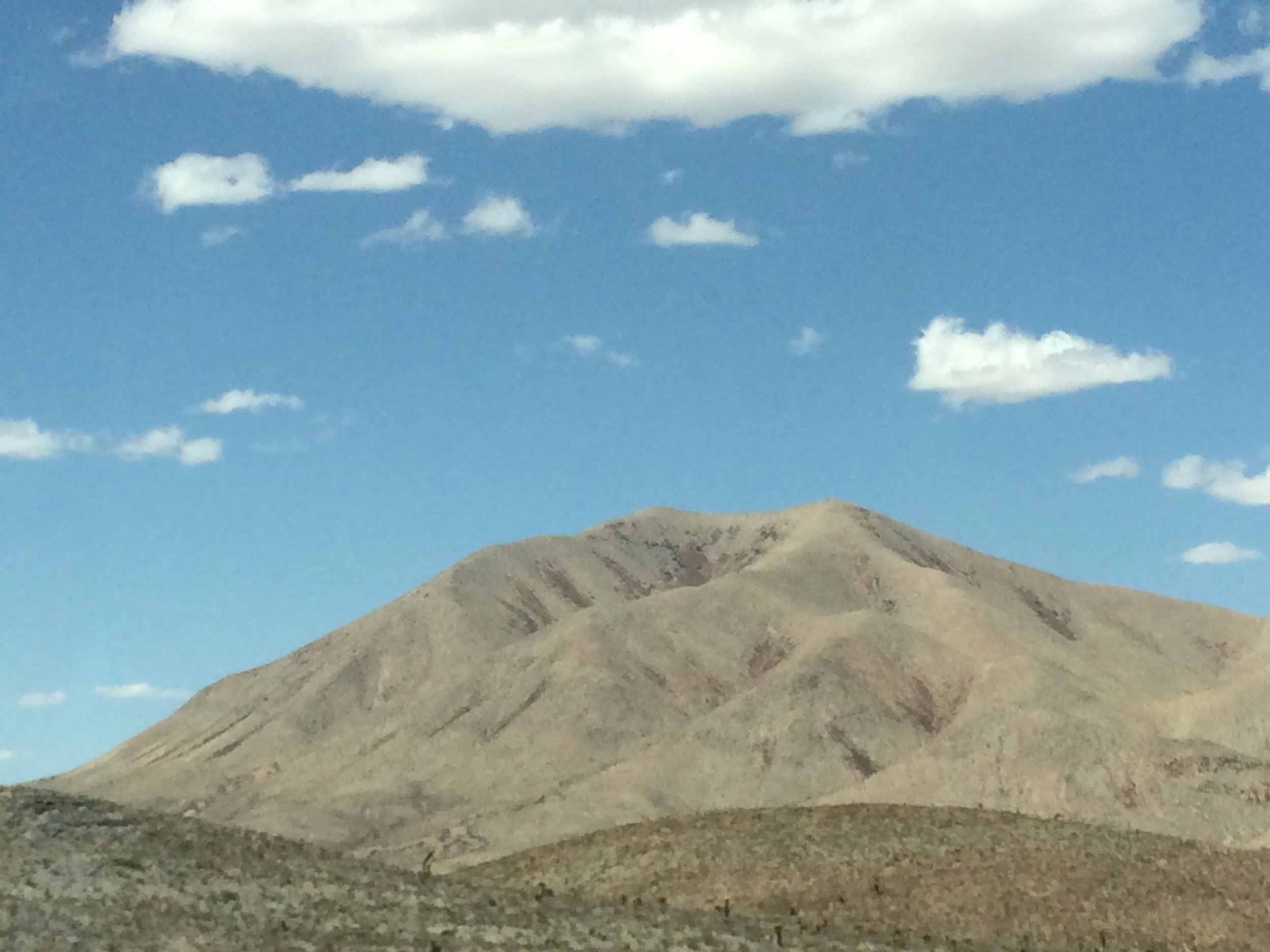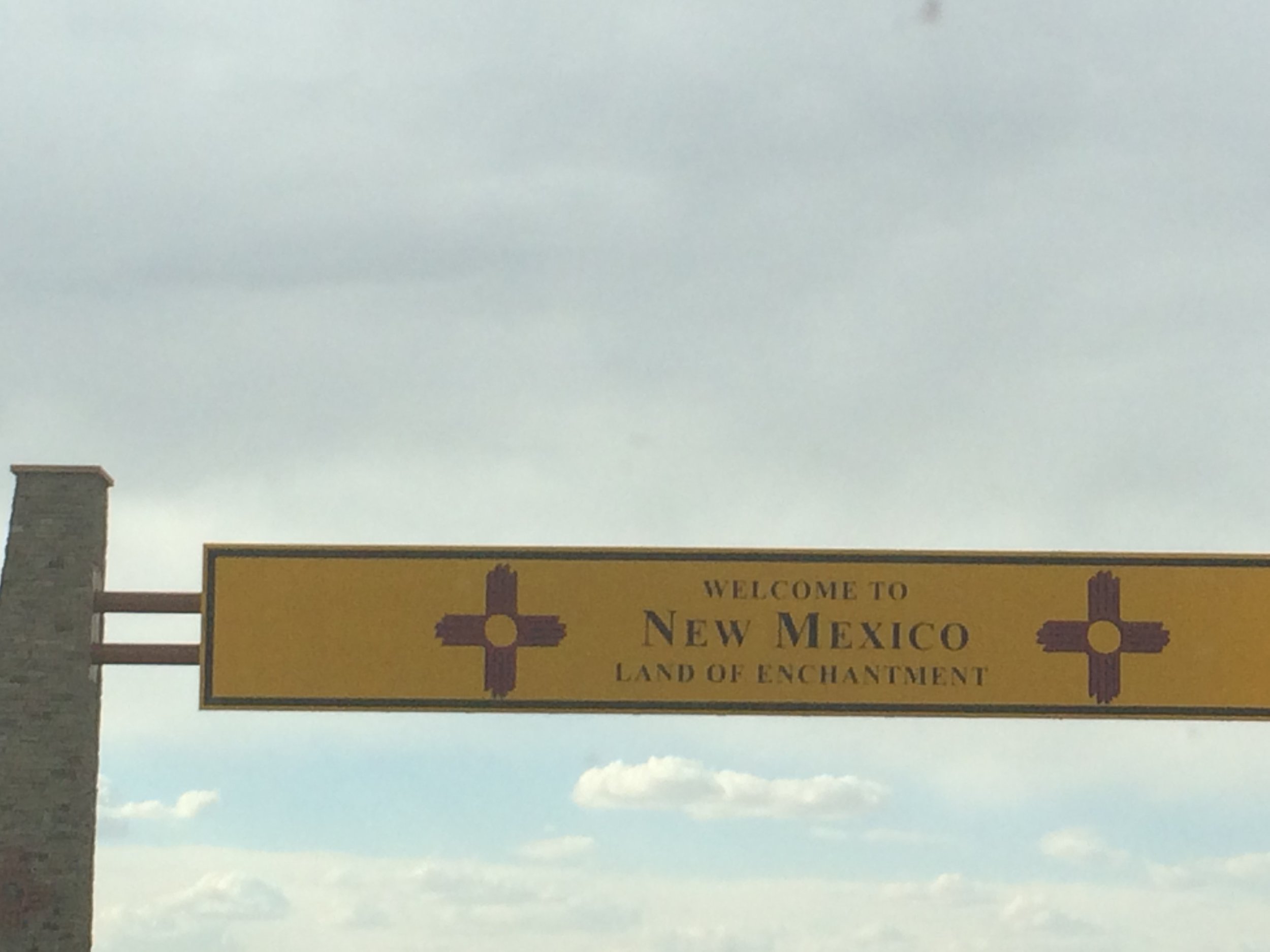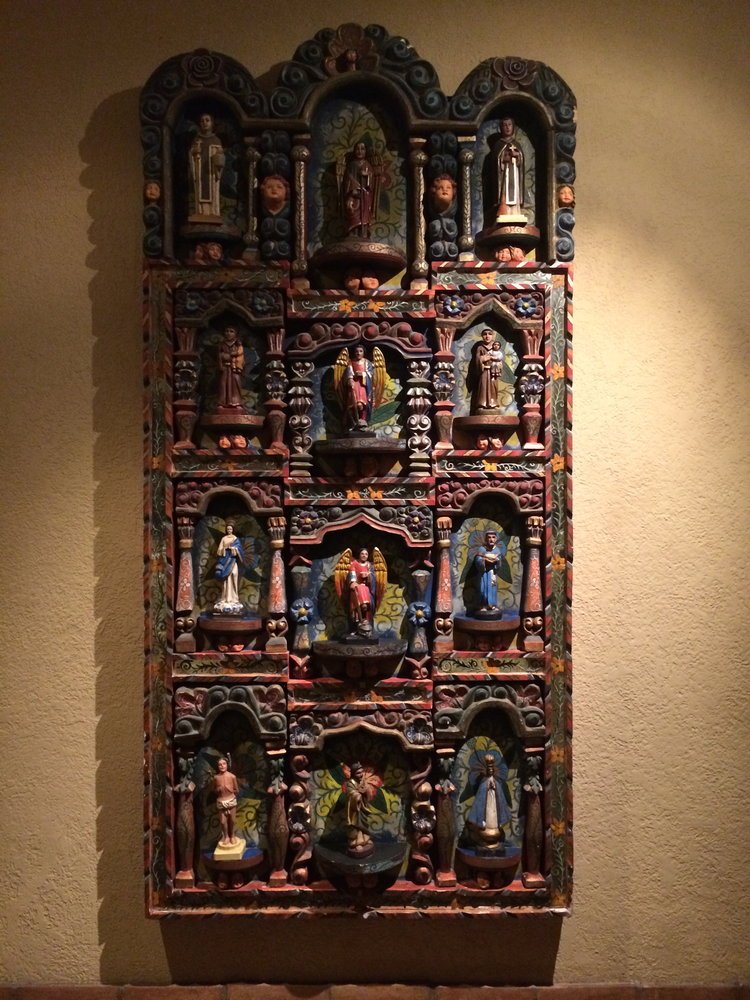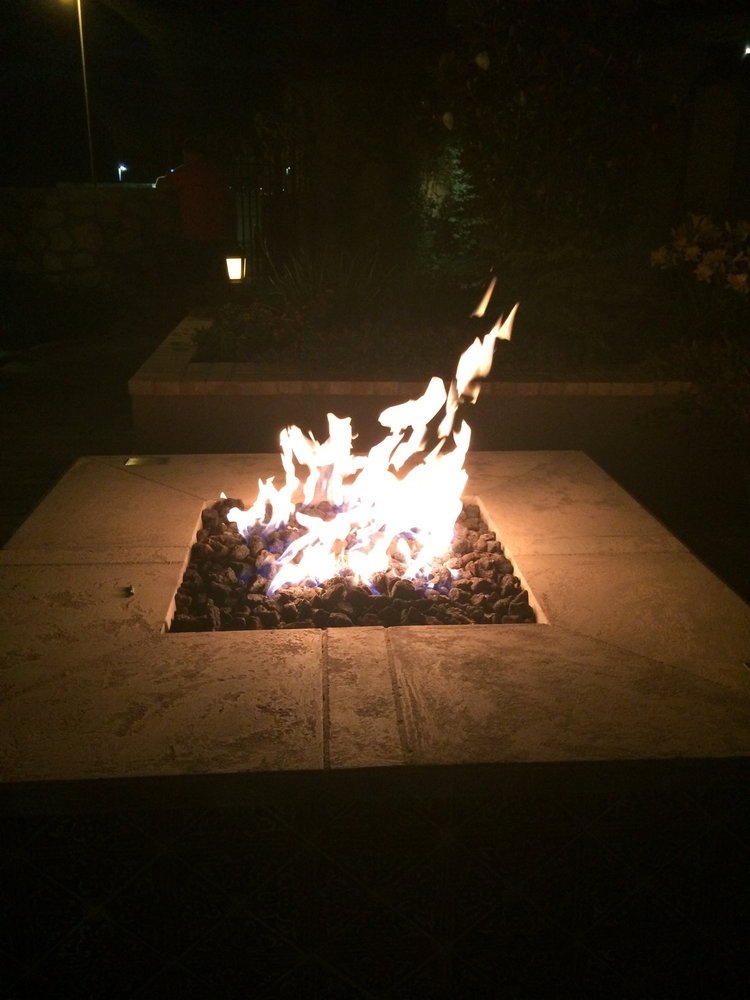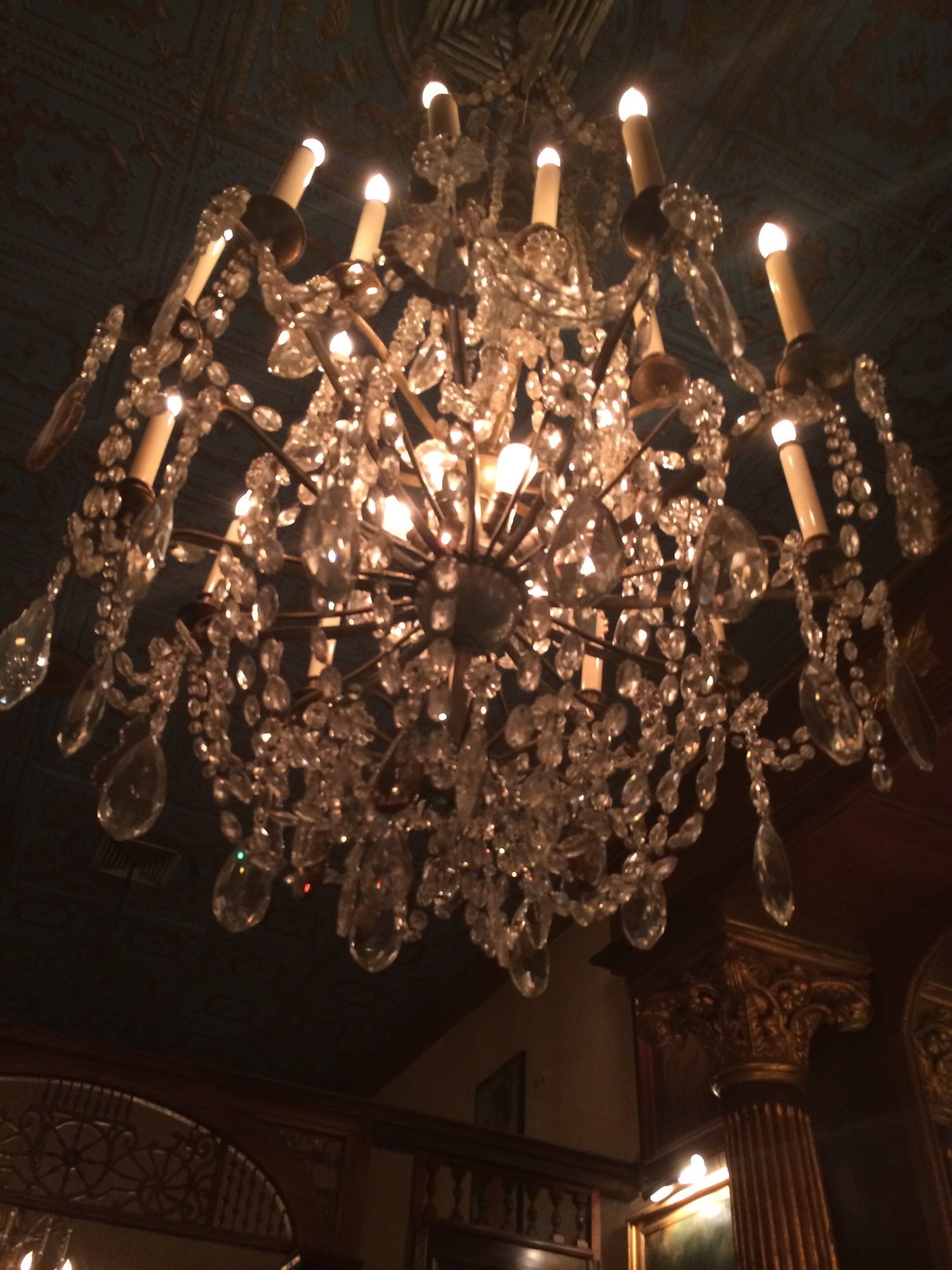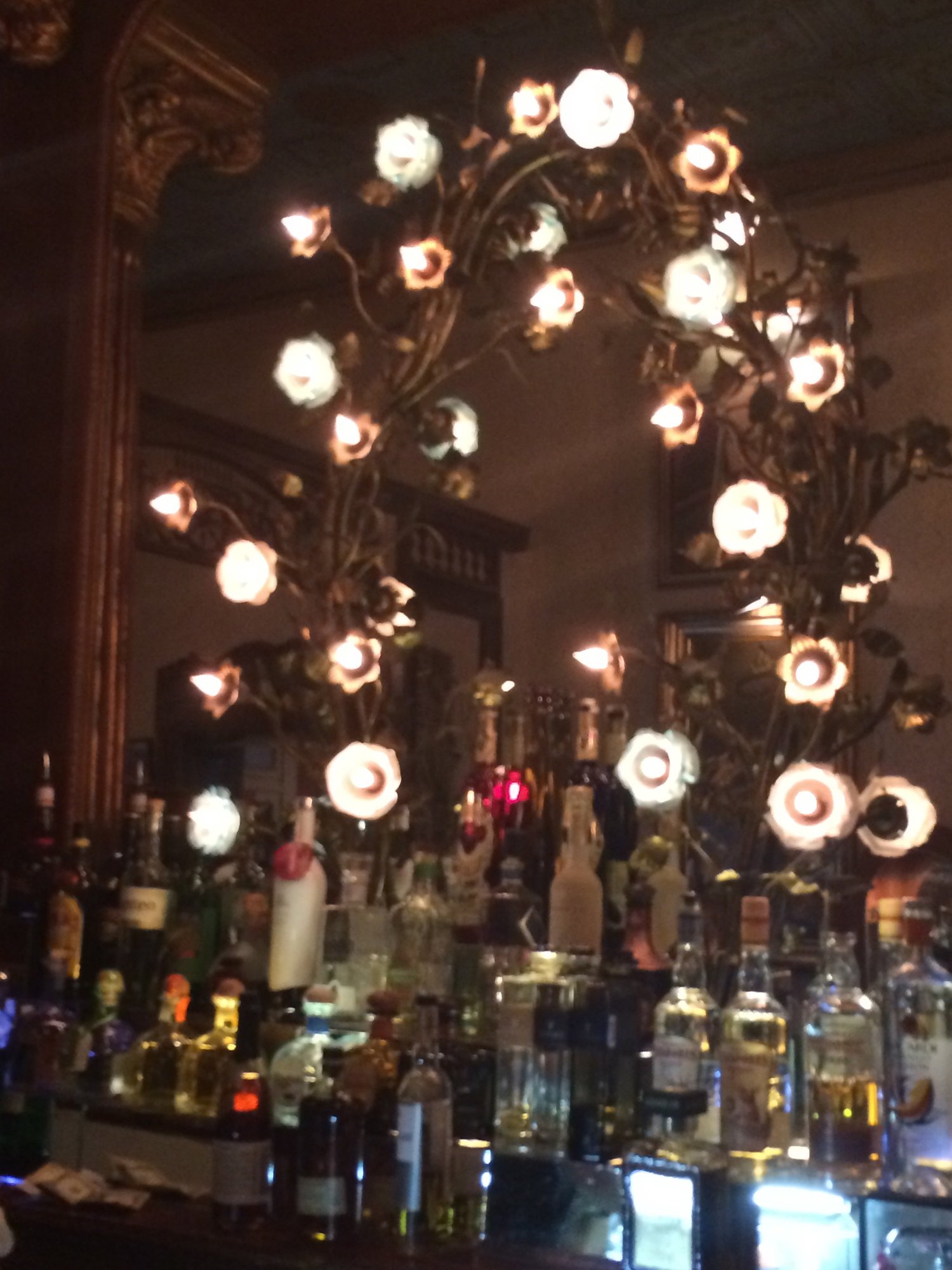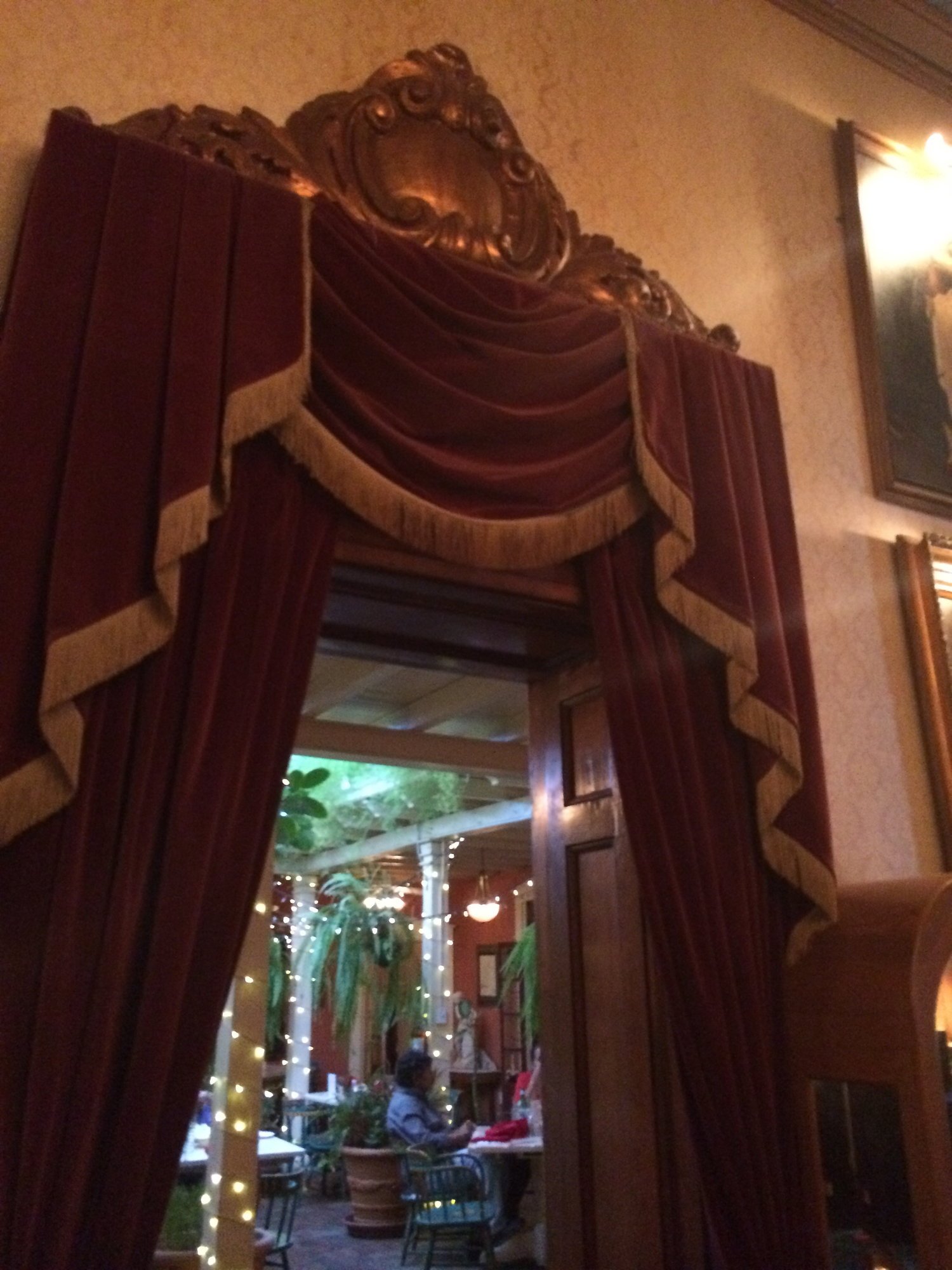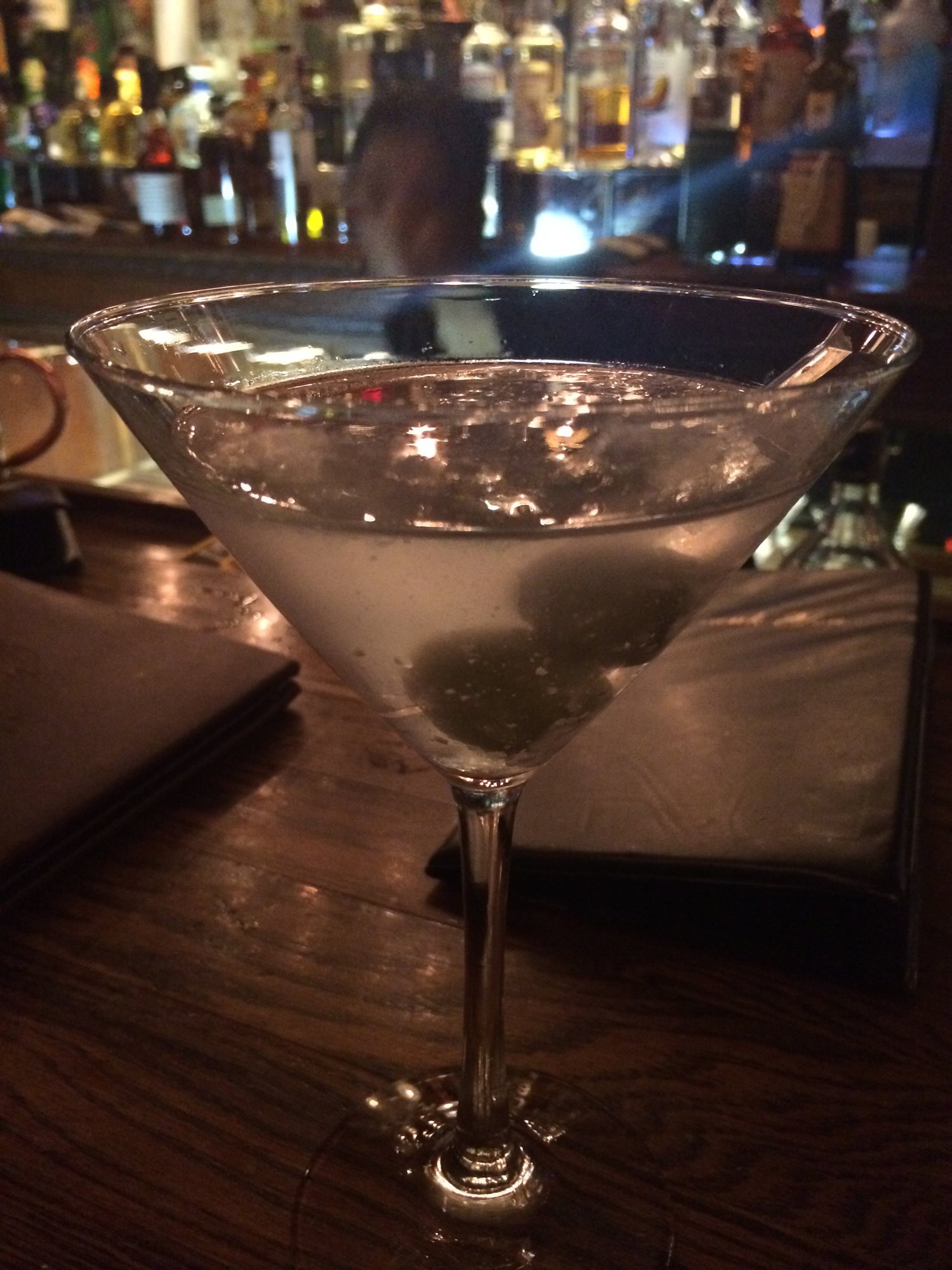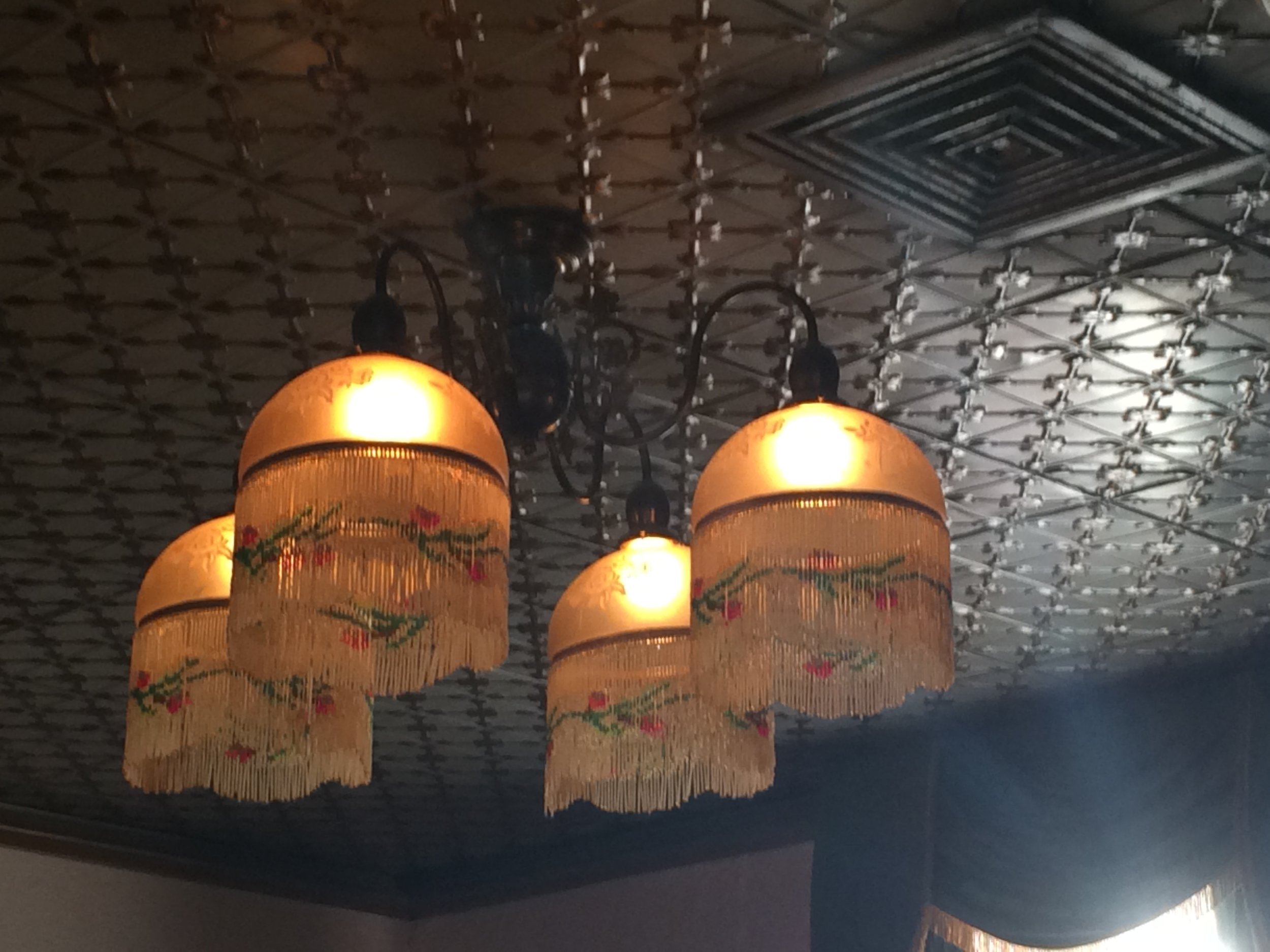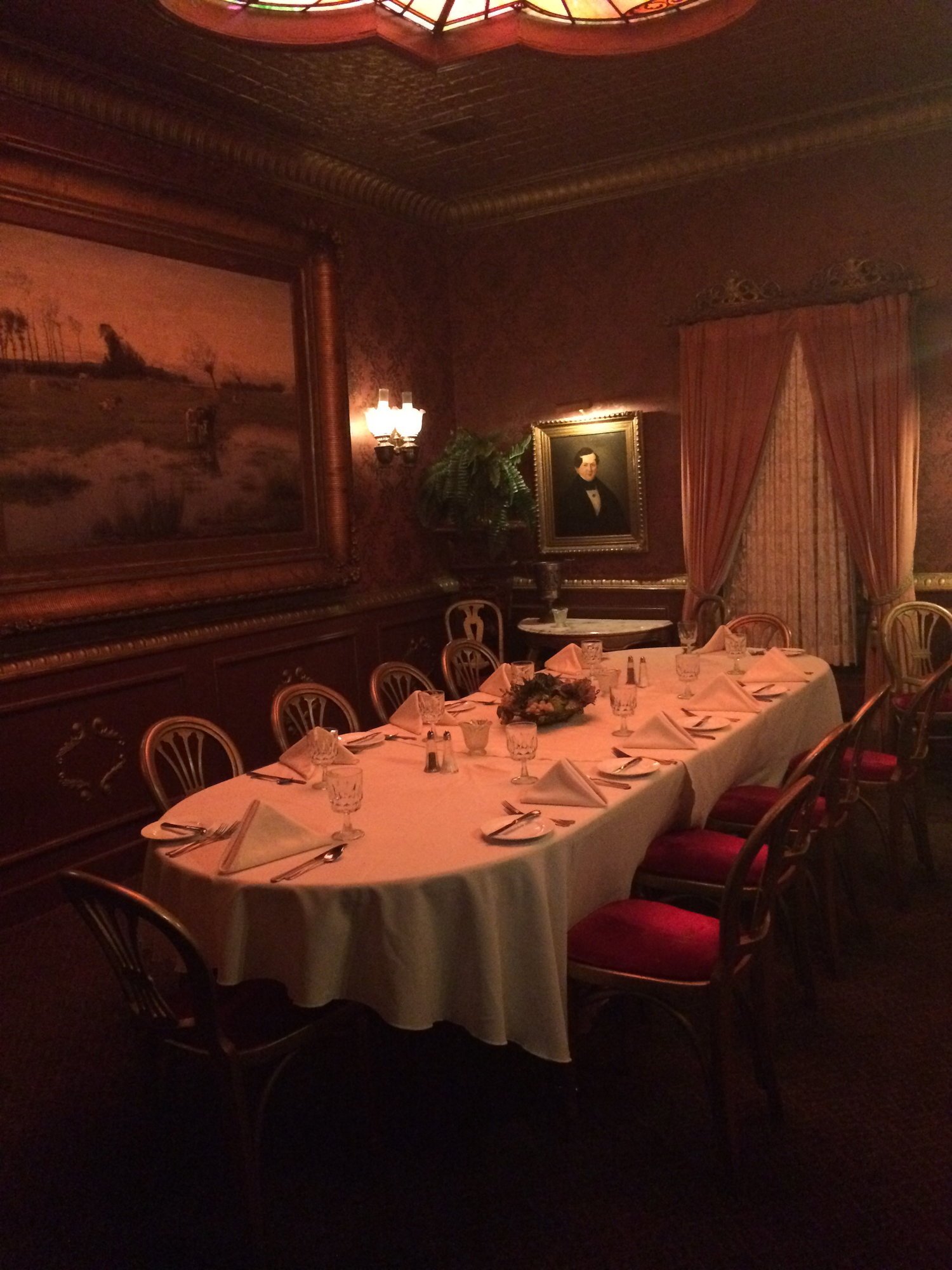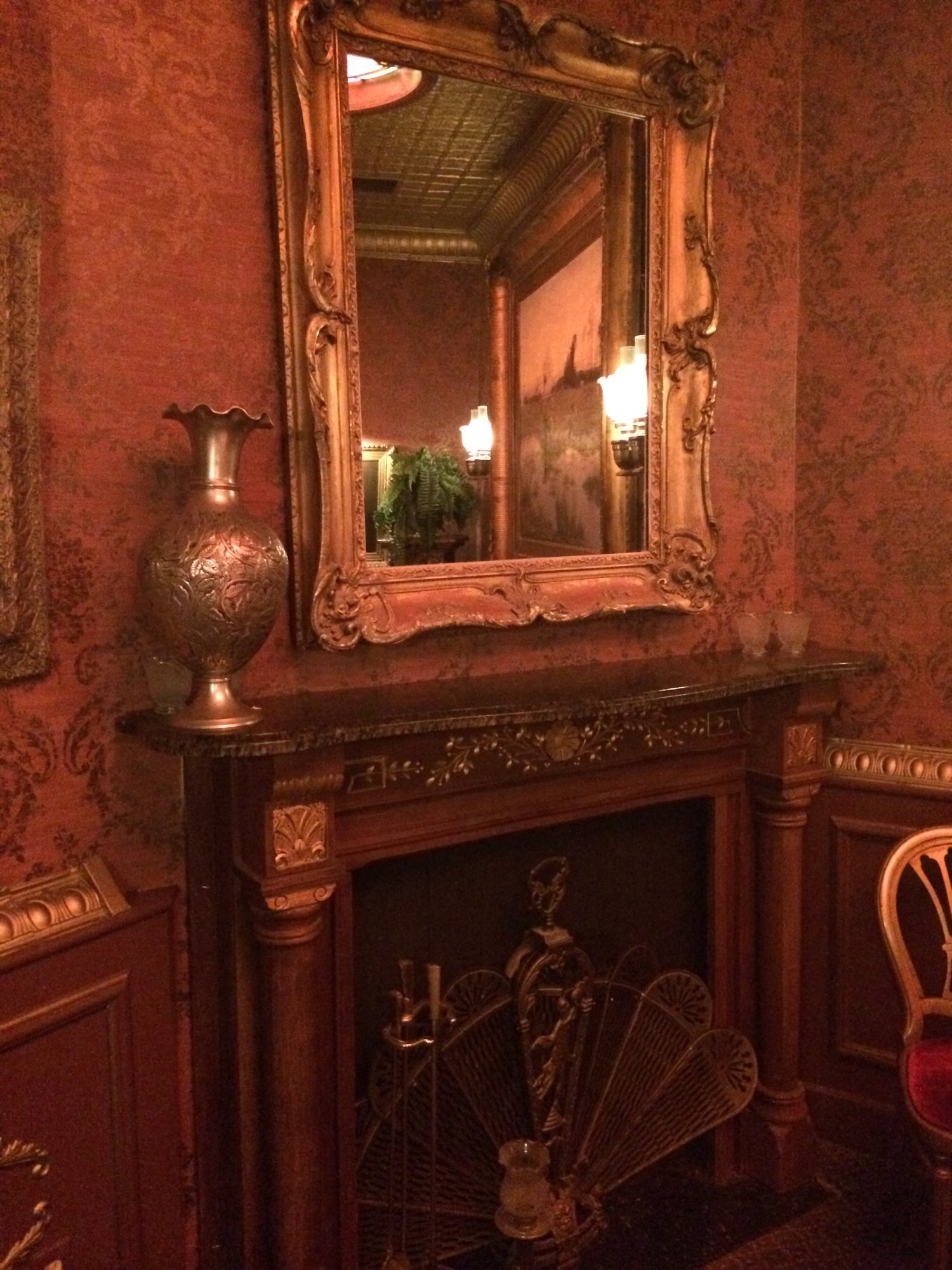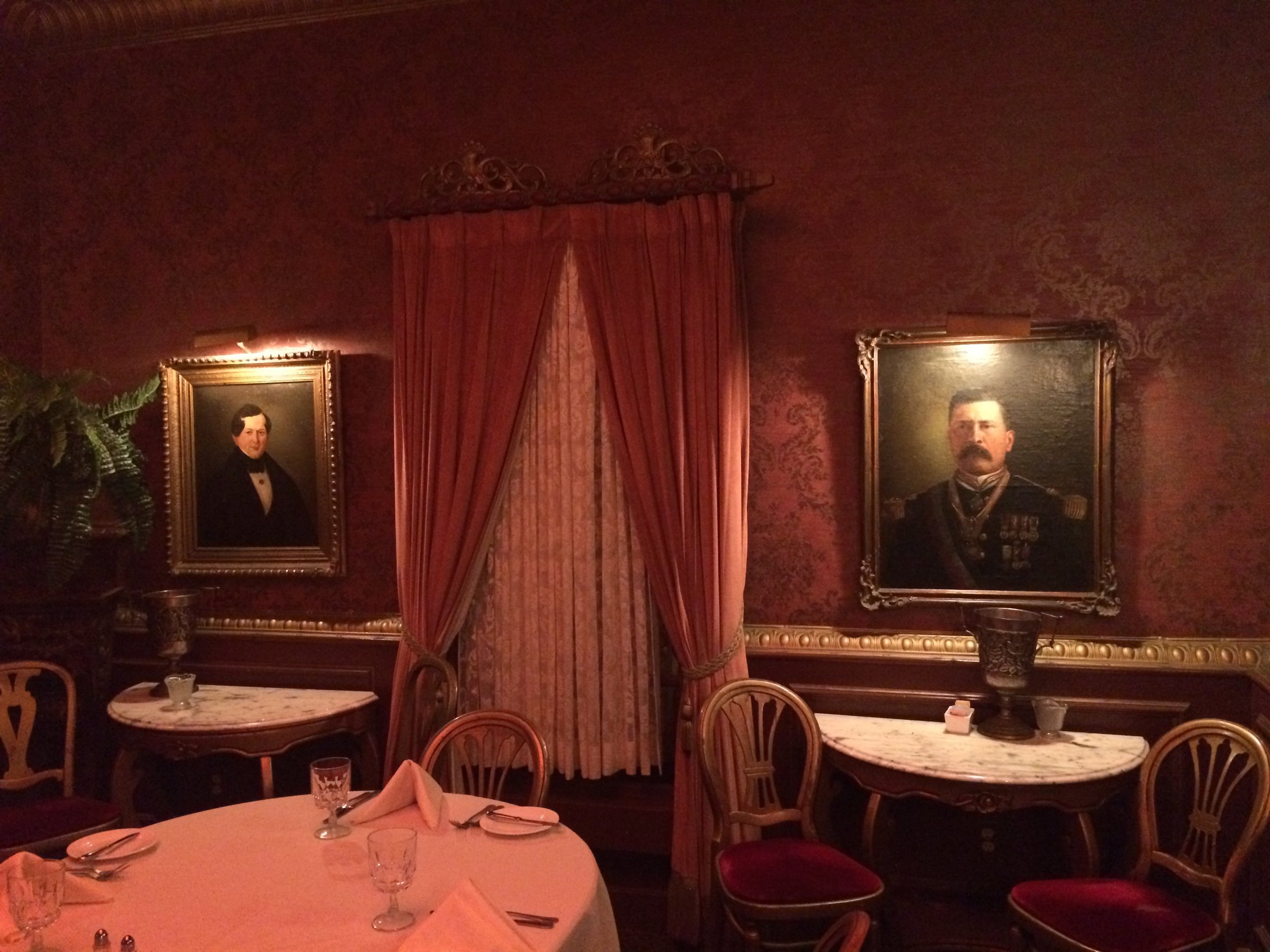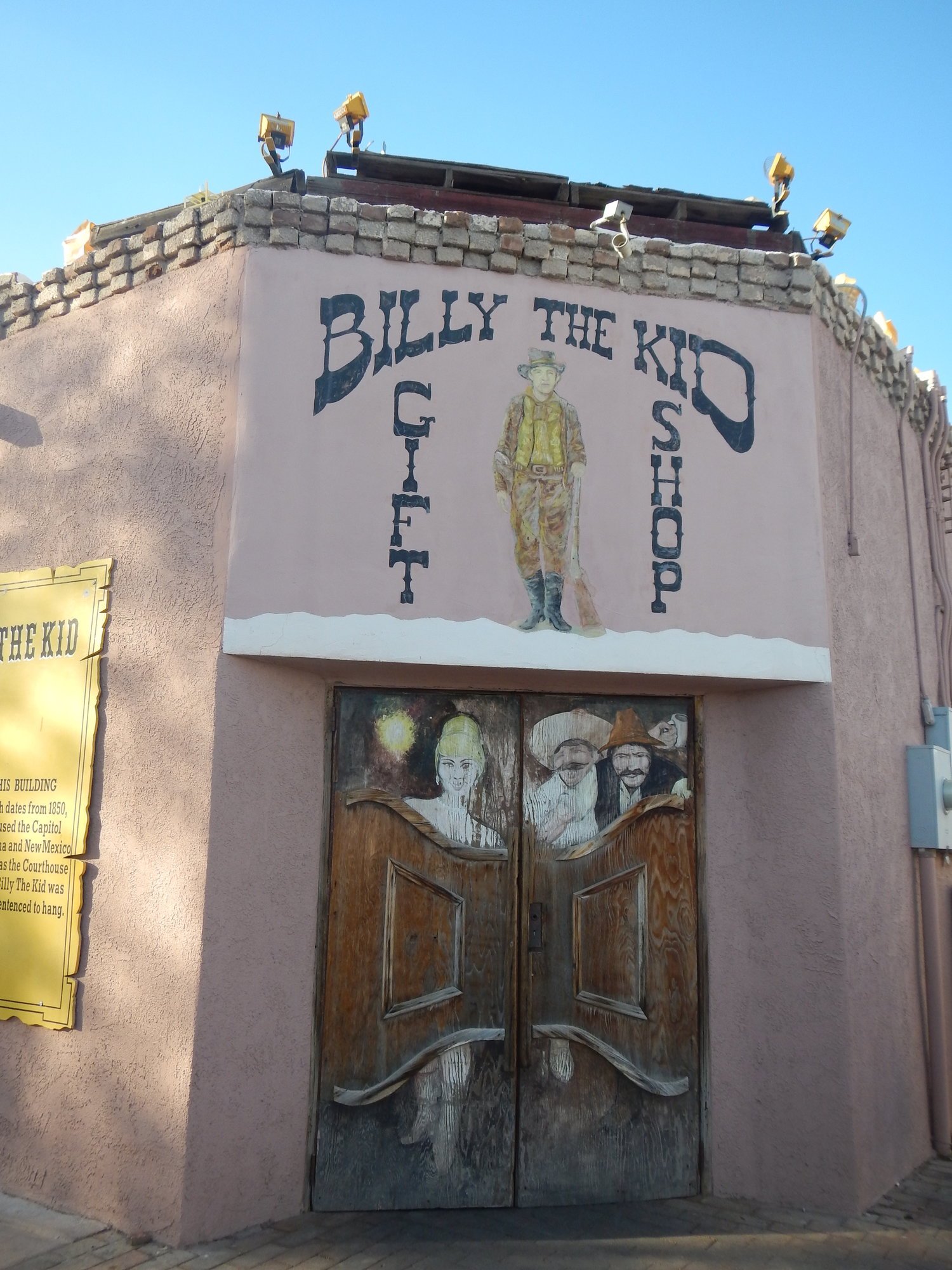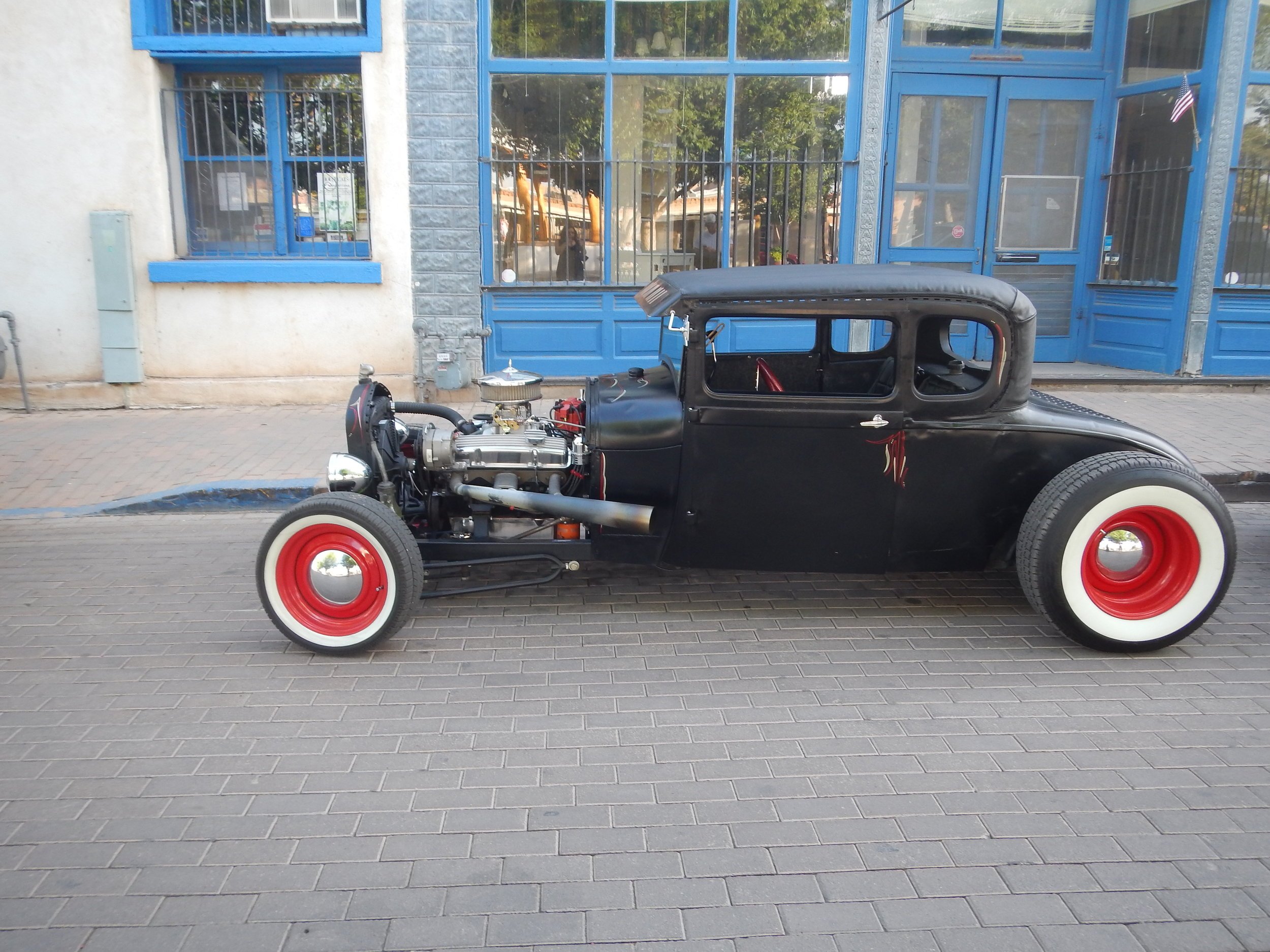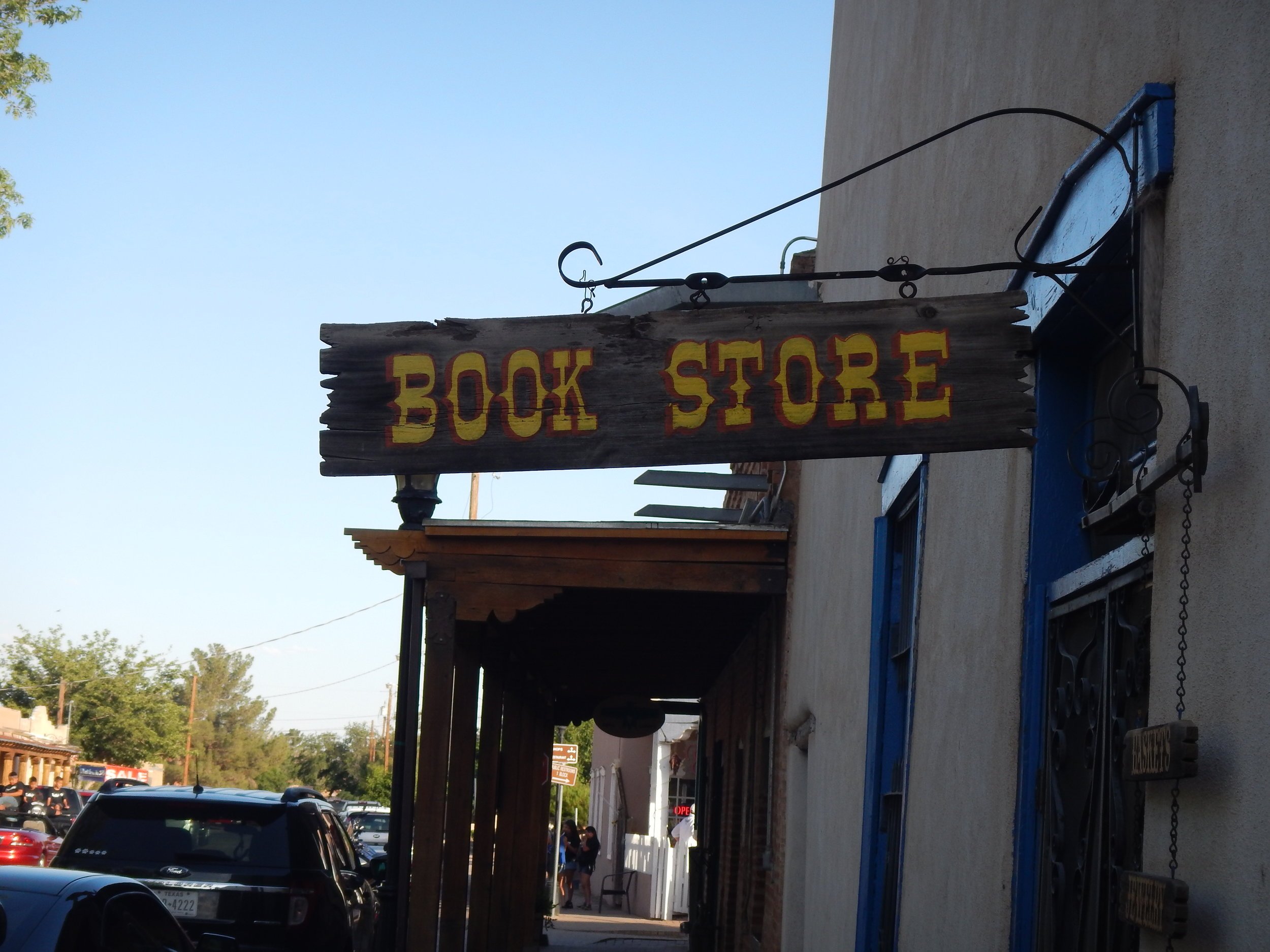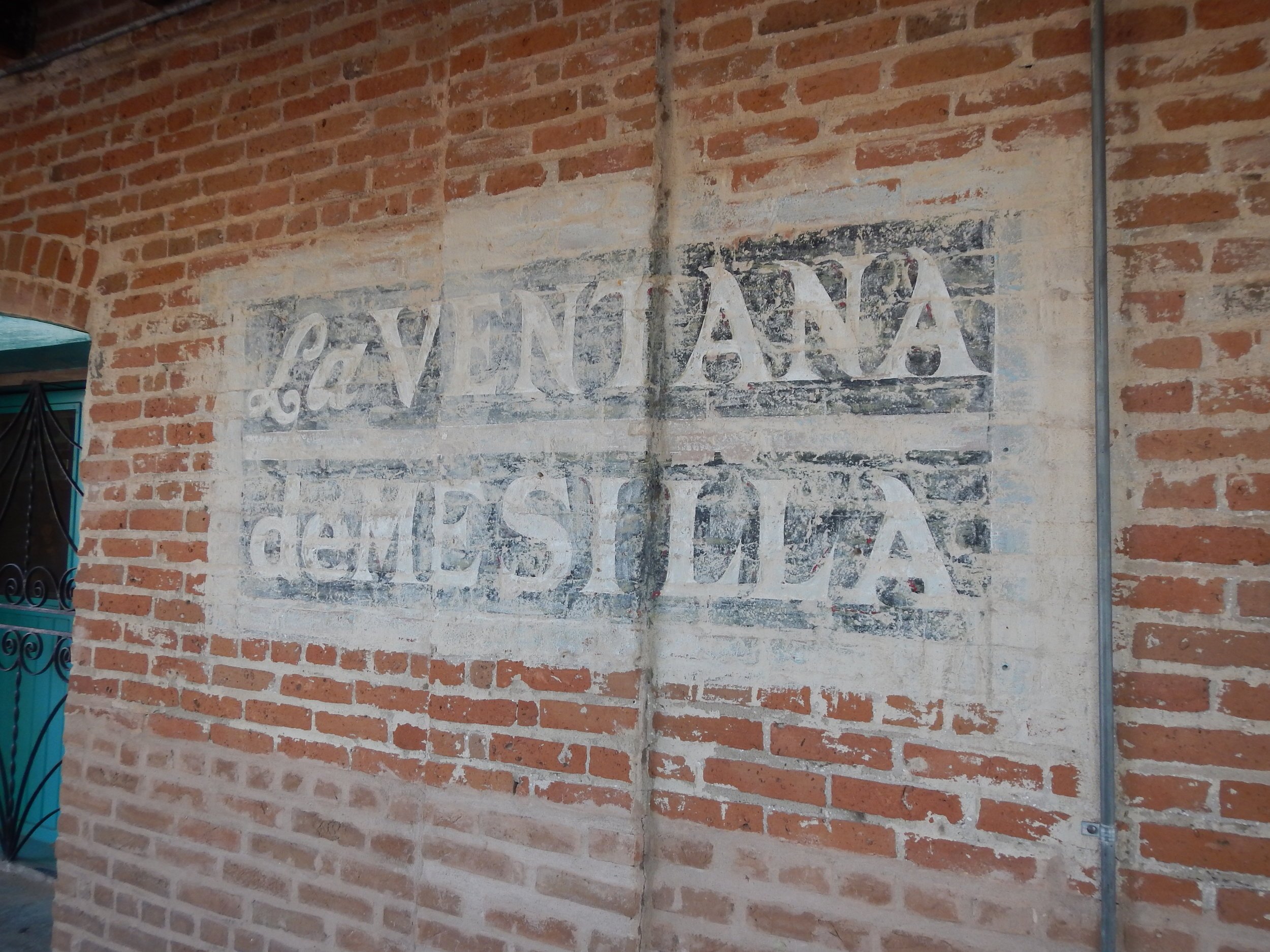Exploring The Historic Village of MesilLa, NM
Note: This post has been updated on February 4, 2024.
Moving across the country can be incredibly taxing, so it’s important to plan your route in a way that ensures you’re getting breaks to see some of the wonders across the U.S. To me and Blackbeard, the Mesilla Historic Village in New Mexico should be one of those stops (if you’re moving from any point west of there, to any point east beyond there).
The below information is a complete guide of the best places to stay, the top rated places to dine and drink, and all there is to see and do. We’ve also included a summary of the history of this beautiful beautiful town!
Where to stay
Las Cruces and Mesilla are small towns with not many great places to stay. Below are the three we recommend, two of which we have stayed at:
Hacienda De Mesilla
About 1 mile from the Historic Village of Mesilla is a wonderful hotel with balcony views and faux fireplaces, providing a cozy feel in a very comfortable and spacious room. They also have a heated pool and bar and restaurant.
Hotel Encanto
Hotel Encanto is a comfortable hotel in Las Cruces, NM with a heated pool and fire pits to sit by in the evening. However, don’t forget to wander the hallways and see all of the Mexican and Native artwork - all hand-carved and painted.
Other recommendations
Where to Dine & Drink
We are only focusing on the historic area as there are a variety of options with many cool back stories.
Andele
Mexican standards, beer & a chip/salsa bar, plus vegetarian items, in an easygoing cantina.
Cafe de Mesilla
Classic adobe eatery offering a menu of New Mexican breakfast & lunch fare & a charming patio.
Chala’s Wood Fire Grill
A variety of meats, seafood, and vegetables are cooked to perfection over the hot fire.
Double Eagle Restaurant
Built in 1849, this home-turned-restaurant has witnessed many events, including the Gadsden purchase on the plaza in 1853, as well as Secessionist Convention declaration of Mesilla as the capital of the Arizona Territory in 1861. In 1972, the private residence was purchased by Robert O. Anderson and in 1984, saw a complete restoration by C.W. Ritter - a 5th generation Mesilla descendent. All antiques are original, as is the bar that was gifted by Queen Victoria herself. To learn more about the history and the rooms, click here.
It’s Haunted
Having been on Ghost Adventures, this place isn’t just an ordinary steakhouse, it’s a haunted steakhouse. Check out the entire story, here.
FARMesilla
Seasonal dishes made from scratch, using locally sourced ingredients.
La Posta
Las Posta was a completely pleasant and unforgettable surprise, with a fantastic history. When you walk to the back of the building to grab a table, take note of all the feathered friends there to greet you. From there, you could be seated in one of multiple rooms, all having their own identity. The food is simple, authentic Mexican cuisine and extremely cost-effective, given today’s restaurant prices!
The Bean at Josefina’s
A wonderful coffee spot that serve freshly roasted coffee, as well as artisanal coffees. We recommend the lavender honey coffee.
Things to see & Do
Billy the kid gift shop
Did you know that this gift shop was originally the courthouse Billy the Kid was sentenced to death? Now, it’s a gift shop that doesn’t just have memorabilia and all things Billy the Kid, it’s also a great Las Cruces/Mesilla souvenir/fudge shop as well!
Chocolate Lady
Chocolate lady has been in the historic village for years. She creates premier chocolates in the tradition of European candy makers, using pure ingredients.
Luna Rossa Winery
Per their site, “The word Luna Rossa, meaning “Red Moon”, is the inspiration behind our quest to create great wines from the finest vineyards in New Mexico. Luna Rossa offers a warm, enchanting setting where visitors can enjoy great wines and wonderful times with family and friends. With our successes we have added a second tasting room located in Mesilla, New Mexico in which you can enjoy a similar atmosphere.”
Mesilla tasting room
Sit on their expansive patio with a glass of wine and/or enjoy a tasting., along with noshing on some of their world-famous pistachios!
NM Vintage Market
They support local artisans, growers, and crafters who make New Mexico savory, sweet, and spicy!
NM Vintage Wines
Set in a historic setting, sip on wines and beers, enjoy a cigar, and even nosh on local tapas treats.
Old Barrel Tea Company
A family-based business, they focus on unique tea blends that are, “inspired by the Southwest, travel, and flavors we enjoyed growing up. We pride ourselves on creating products that are both healthy and delicious…” In addition to teas, they sell herbs, spices, honeys, and wellness products.
Saguaro Farms
They sell goat milk products, as well as beautiful bouquets, pine cone fire starters, and artisan baked goods.
A History Summary
13,500 B.C. to 11,000 B.C. - The Clovis Culture developed and thrived in Eastern New Mexico. As time passed, cultures transformed and took on new identities and new ways of life distinct from their predecessors. These ancestral cultural groups, from long ago, would eventually become the contemporary Indigenous communities of New Mexico.
1280s - 1300s - The people of the Mogollón culture lived in what is now known as the Gila Wilderness, northwest of Las Cruces, all the way east to the Tularosa Basin, from the 1280’s through the early 1300’s. The first people of Las Cruces were descendants of the Mogollón people. They are forebears of the Manso people, whose descendants still live in the area and make up the present day Piro-Manso-Tiwa tribe.
Late 1500s - Spanish conquistador, Juan de Oñate, and the first Europeans traveled north through El Camino Real (The Royal Road), during a time when indigenous people were thriving in what was soon called Nueva México.
1600s - The King of Spain built villages along the Camino Real (the Royal Road), from Mexico City to it’s most northern capital city, Santa Fe. Mesilla remains much of the same as it did back then with a town square, church, government buildings, and retail establishments.
1680 - The Pueblo Revolt took place and the Pueblo People, under the leadership of Popé, exiled the Spanish settlers from Santa Fe.
1849 - The settlement of Las Cruces was founded in 1849 when the U.S. Army first surveyed the town, thus opening up the area for American settlement. The town was first surveyed as the result of the American acquisition of the land surrounding Las Cruces, which later became the New Mexico Territory. This land had been ceded to the United States as a result of the Treaty of Guadalupe Hidalgo of 1848, which ended the Mexican-American War. The town was named "Las Cruces" after three crosses which were once located just north of the town.
1881 - The first train reached Las Cruces in 1881.
1888 - 1893 - New Mexico College of Agriculture & Mechanic Arts opened its doors, and in 1893 it graduated its first class of five students.
1907 - Las Cruces was incorporated as a town.
1912 - Las Cruces had its first water system, electric power, an ice factory, cold storage factory, cannery and steam laundry. Las Cruces also had a superintendent of schools and 13 teachers. Land sold for $25 to $50 an acre.
1920s - 1940s - The population grew from 4,000 to 9,000.
1945 - The Army Corps of Engineers declared White Sands Proving Ground an area of military necessity.
Today - Today, the town still remains largely in-tact with its town square, it’s church, restaurants, a saloon, and shops.
